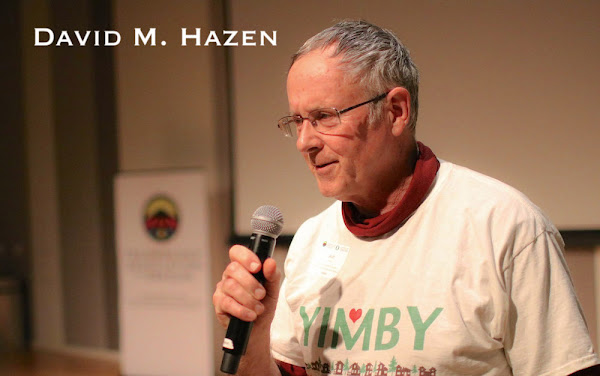“Love Always Wins” provides, as its subtitle claims, “Hope for Healing the Epidemic of Violence.” Part frank memoir, part testimony to the ever-present potential for healing, and part visionary call to non-arms for a better future, it is altogether inspiring.
Disclosure: I know the author, David Hazen. We live in the same city, have mutual friends, and have had a few conversations. He did not ask me to buy or review his book; I did it because I wanted to. My only courtesy to him was one I would give to any author who was not well-established as a writer, and that is to refrain from reviewing his book if I did not like it.
I did like it. Hazen has something worth saying, and he says it well. I was surprised by his eloquence in making his case, for although I knew of his passion for peacemaking, I did not know him to be a writer. I was gratified to find that he does write clearly and gracefully.
The book is about the power of non-violence, a word I have never liked because of its negative form. It’s the English translation of the Sanskrit term “ahimsa,” composed of “a” (not) and “himsa” (injury), the moral and spiritual principle of causing no harm. The word sounds too passive to me, with no sense of the imperative to act to reduce injuries.
I like Gandhi’s take on the principle better. He called own very active practice of ahimsa “satyagraha,” which means truth force. For Gandhi truth also entails love, a dynamically active and non-sentimental love, the proverbial love that can move mountains. This is the love Hazen is referring to in his title.
The source of Hazen’s hope is the mountain in his own life that was moved: his addiction to violence, both against himself in the form of substance addiction, and against others in the form of manipulative, controlling, and abusive behaviors.
The most compelling sections of the book are Hazen’s honest descriptions of his life as a victim, then a perpetrator, and finally someone who is in recovery from violence. Around this story he weaves lessons learned, reflections on the larger society’s addiction to violence, and the application of the 12 steps of Alcoholics Anonymous to freeing us all from violence on both the micro and macro levels.
Hazen occasionally seems to expect skepticism from his readers for proposing hope in the face of the multiple crises we face in our times, such as mass species extinction, ongoing wars in the Middle East, and, I might add, the numbingly repetitive mass killings in our country, most recently about 70 miles from where both Hazen and I reside.
I was not skeptical at all and in fact welcomed his words of hope, as I suspect most people picking up a book like this will. We all need hope for the challenges we face, a hope grounded in something beyond mere reason and which engages the guiding power of an open heart. Hazen doesn’t offer policy suggestions or map out specific strategies, rather he asks us to trust in the process of opening our own hearts to a larger power.
The guidance of this larger power is unpredictable, and does not necessarily result in Gandhi-like acts of protest and civil disobedience. It is a form of inspiration that comes from commitment to non-violence as a way of life and joining with the large if sometimes invisible community of others following the same path. The actions that result may be ones we never imagined when we initially undertook this commitment.
Of particular interest were Hazen’s charts of personal and social change, where cycles of struggle between opposing forces give way not to victory by one side over another, but resolution at a higher level not envisioned while in the midst of the struggle. The resolution follows crisis, a hitting bottom, which leads to the abandonment of old tactics and openness to new ways of seeing the situation.
(I had a problem reading some of the text on these charts in my e-reader, as the font size was very small and not adjustable.)
The final third of the book is a series of meditations on his overall theme published earlier as blog posts, plus a summation of the advice he offers. A more integrated organization of the material may have been more effective, yet even so each of these concluding essays is worth reflecting upon in itself. I would suggest the whole book be read slowly, section by section, with time for reflection in between readings. It’s not a book to be read through quickly.
Hazen’s message, in the end, is very simple. The power to overcome violence is there, ready for us to utilize when we can give up tactics that draw from the same fear and need for control that precipitates violence in the first place. It is a message worth taking to heart.
Alan F. Zundel

No comments:
Post a Comment